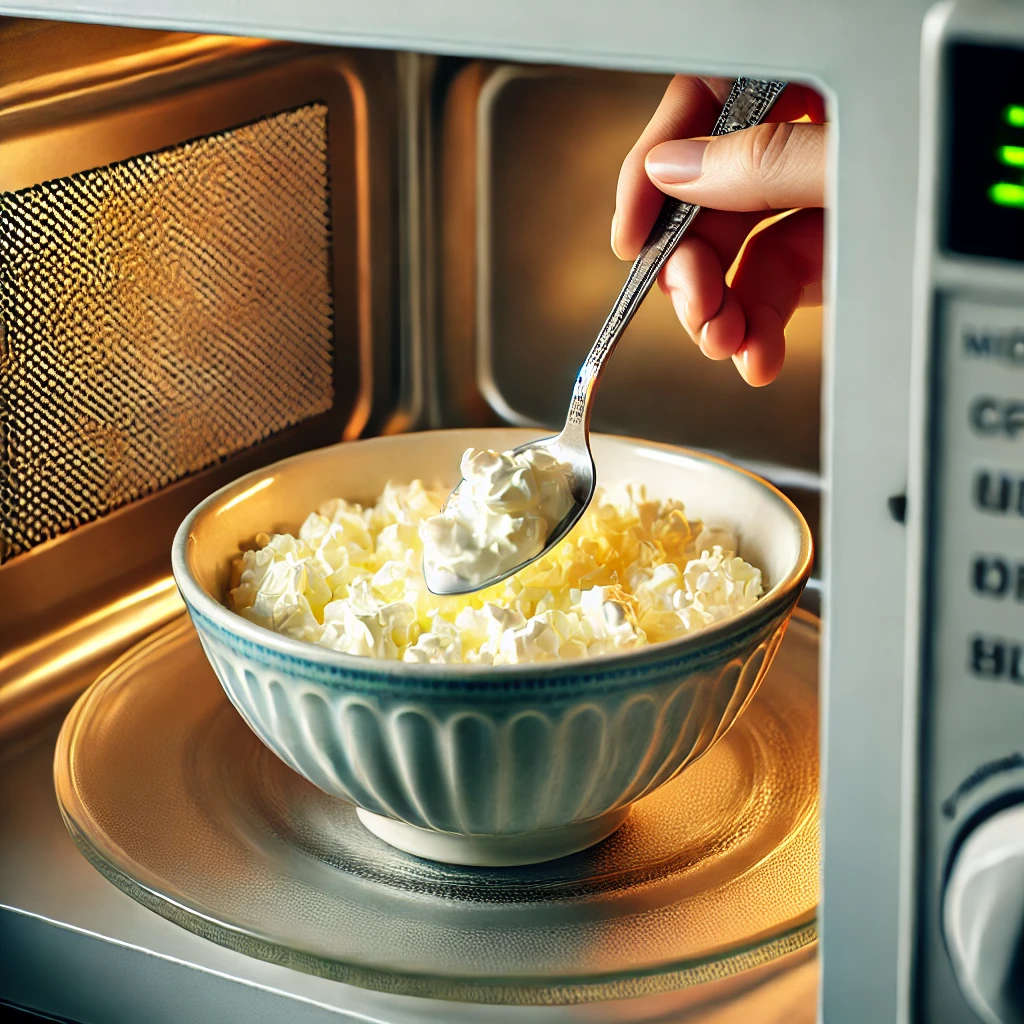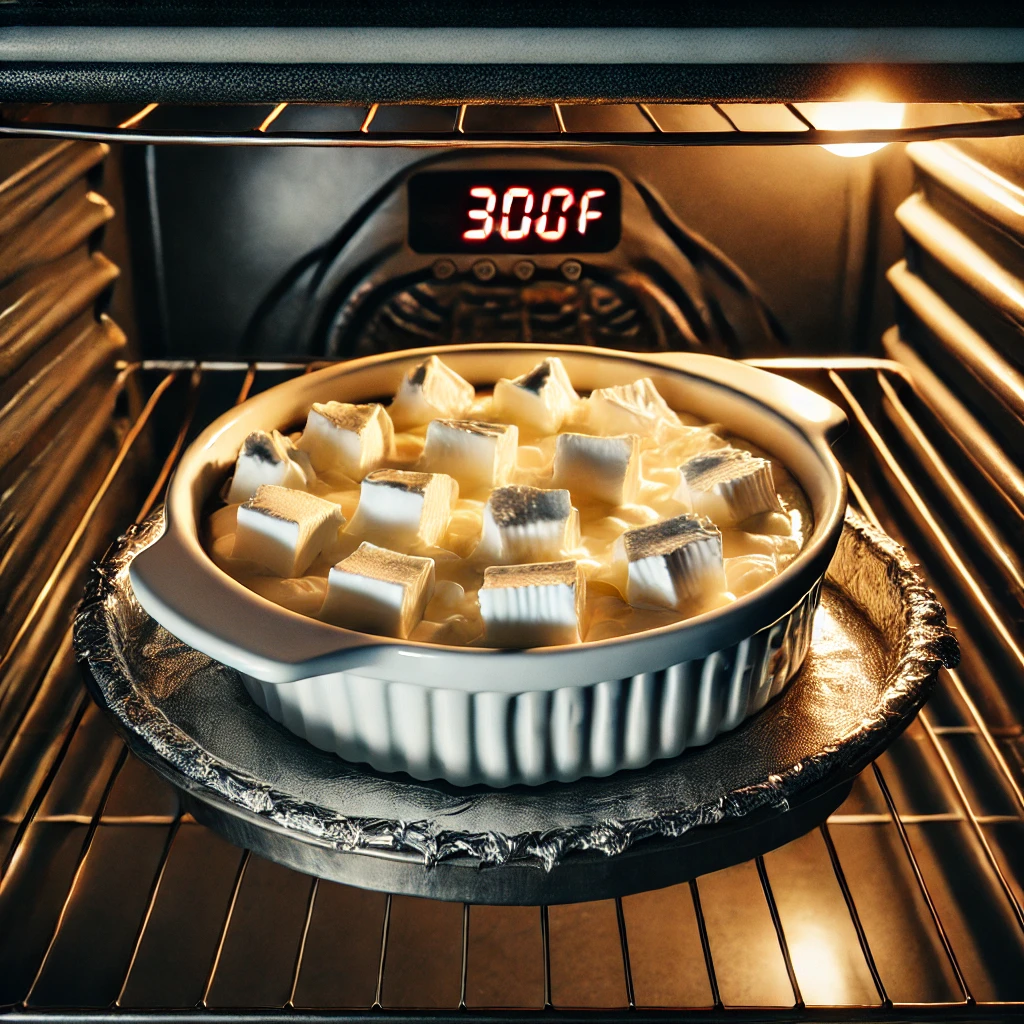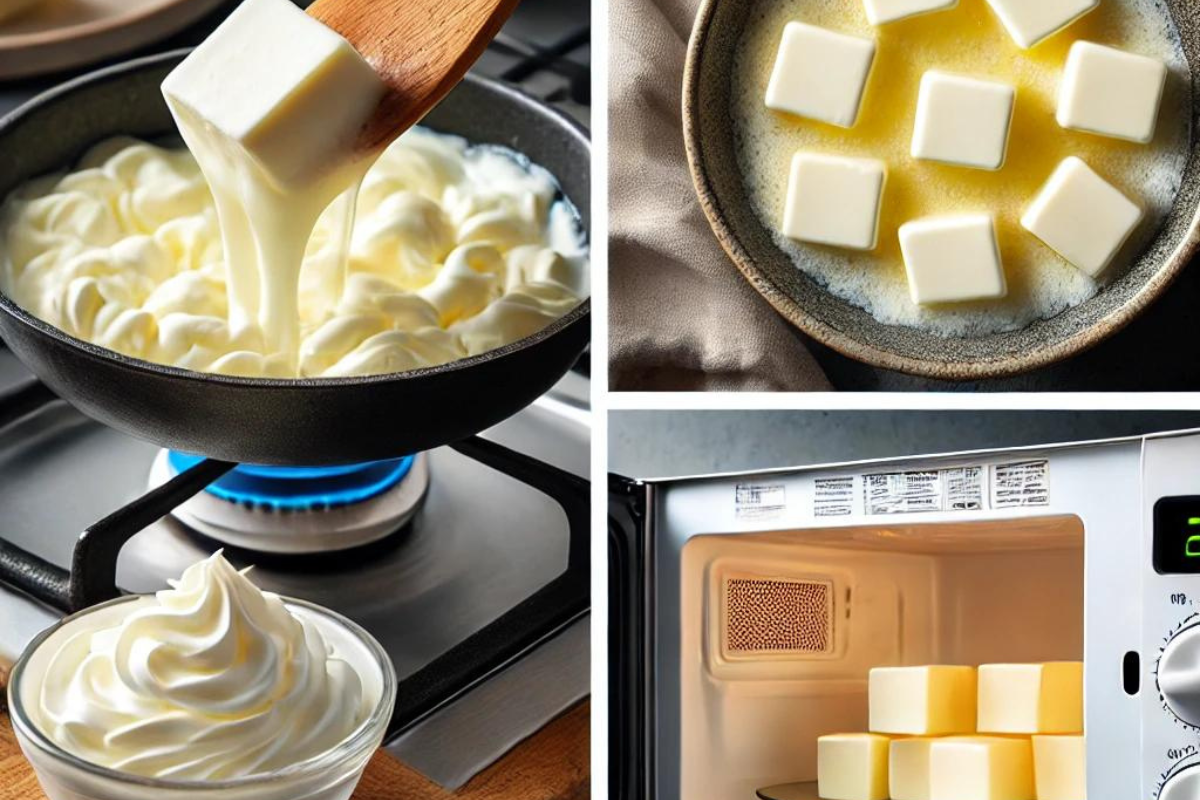Cream cheese is one of those versatile ingredients that can take any dish to the next level. Whether you’re preparing savory recipes like sauces or indulgent desserts, knowing how to melt cream cheese properly is crucial. Melted cream cheese adds a silky texture that blends seamlessly into various dishes, enhancing their creaminess.
Benefits of Melting Cream Cheese in Cooking
Melting cream cheese is essential when you need it to incorporate smoothly into recipes like cheesecake fillings, creamy pasta sauces, and dips. When melted correctly, cream cheese can also be a base for spreads or toppings that require a smooth texture. If you are aiming to avoid lumps, follow the right method, as incorrect techniques can cause curdling or graininess.
If you’re looking for delicious, creamy dips, check out this cream cheese-based Lemonade Pie recipe. Not only does it use cream cheese, but it’s also a no-bake dessert that will make your summer gatherings even more special.
Understanding the texture of cream cheese is key to melting it without problems. Since it is an emulsified dairy product, overheating it may cause separation. However, with the right technique, you can easily prevent these issues. You can also explore savory options with recipes like this authentic Louisiana-style gumbo, which might incorporate cream cheese to enhance the dish’s overall texture.
Methods to Melt Cream Cheese
Method 1: Melting Cream Cheese on the Stovetop

The stovetop is one of the best methods because it provides you with the most control. You can ensure even heating, which helps to prevent lumps and graininess.
Steps:
- Cut the cream cheese into cubes to speed up the melting process.
- Place a non-stick pan over low heat.
- Add the cubed cream cheese and stir constantly to avoid sticking.
- If the texture seems too thick, add a tablespoon of milk or cream to smooth it out.
Tip: Keep the heat low. Cream cheese tends to burn quickly if overheated.
Method 2: Melting Cream Cheese in the Microwave

For quick melting, the microwave can be your go-to method. Just make sure to stir frequently to avoid hotspots.
Steps:
- Place the cream cheese in a microwave-safe bowl.
- Microwave at medium power for 10-15 seconds, stirring after each interval.
- Repeat the process until the cream cheese is smooth.
Tip: Heating the cream cheese in short intervals helps prevent it from overheating and becoming grainy.
Method 3: Melting Cream Cheese in the Oven

If you’re already using your oven, this method can be convenient, especially when melting larger quantities of cream cheese.
Steps:
- Preheat the oven to 300°F (150°C).
- Place the cream cheese in an oven-safe dish.
- Bake for 5-10 minutes, stirring halfway through to ensure even melting.
Tip: Mix melted cream cheese with butter or milk for an even creamier texture.
Troubleshooting Common Issues
When melting cream cheese, you may run into common problems like lumps or separation. Here’s how to address them:
- Lumpy cream cheese: Whisk vigorously and add a splash of warm milk. This can help break up any clumps.
- Grainy texture: Overheating causes the graininess. Try adding butter or cream to restore its smoothness.
- Burnt or dry cream cheese: If the cream cheese is overcooked, add it to a dish with plenty of liquid (like a soup or sauce) to salvage it.
Enhancing the Flavor of Melted Cream Cheese
After you’ve successfully melted your cream cheese, it’s time to add some flavor. Whether you’re preparing a dip, sauce, or dessert, you can enhance the cream cheese by mixing in:
- Fresh herbs like chives or parsley for savory recipes.
- Spices such as garlic powder, paprika, or cayenne for an extra kick.
- Sweeteners like honey or maple syrup if you’re preparing a dessert.
You can also experiment with this Cream Cheese Pound Cake recipe, which uses melted cream cheese to create a rich, dense texture perfect for a sweet treat. Find the full recipe here.
Cream Cheese Substitutes
If you’re out of cream cheese or need an alternative, consider these substitutes, which can also be melted:
- Mascarpone: A smoother, richer alternative.
- Ricotta: Though a bit grainier, it works well in savory dishes.
- Greek Yogurt: Mix with butter to mimic the texture of cream cheese in sauces or dips.
FAQs: How to Melt Cream Cheese
How long does it take to melt cream cheese in the microwave?
Usually 30-60 seconds. Always use short intervals and stir in between to ensure even melting.
Can you melt cream cheese directly into soups or sauces?
Yes! Just be sure to stir constantly so it melts evenly and doesn’t clump.
Why does cream cheese become grainy when melted?
Overheating causes the cheese to separate. Always use low heat and stir frequently.
Is melted cream cheese gluten-free?
Most cream cheese brands are gluten-free, but always check labels for added ingredients.
Can you freeze melted cream cheese for later use?
It’s not recommended, as freezing can alter the texture, making it grainy.
Knowing how to melt cream cheese is a simple but essential skill that can elevate your cooking. Whether you choose to melt it on the stovetop, microwave, or oven, you’ll be rewarded with a smooth, creamy texture perfect for sauces, dips, or desserts. By following these methods and tips, you’ll ensure that your cream cheese melts perfectly every time, ready to enhance any dish from savory gumbo to sweet cheesecake.
